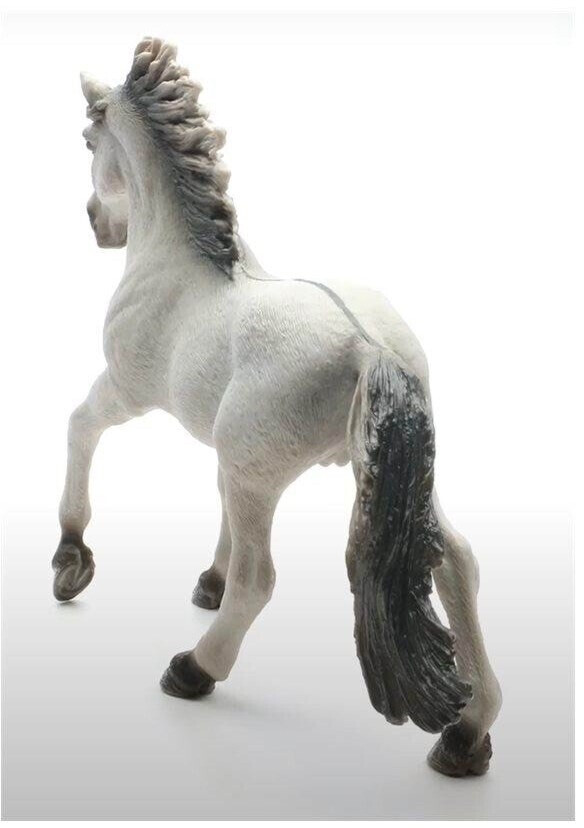The Sorraia: Ancient Horses of the Iberian Peninsula
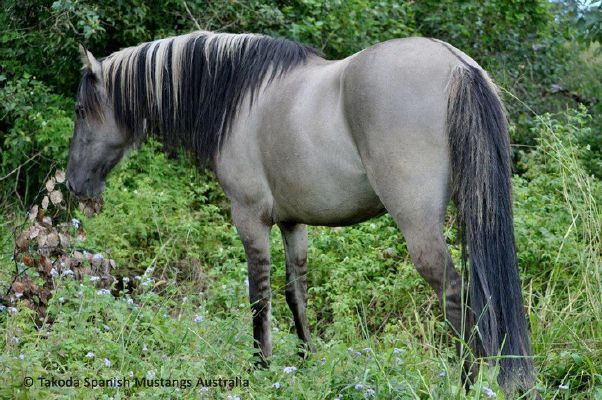
The Sorraia horse is a rare and ancient breed native to the Iberian Peninsula, known for its distinctive appearance and historical significance. This article explores the origins, characteristics, habitat, and conservation efforts surrounding this unique equine.
Origins and History
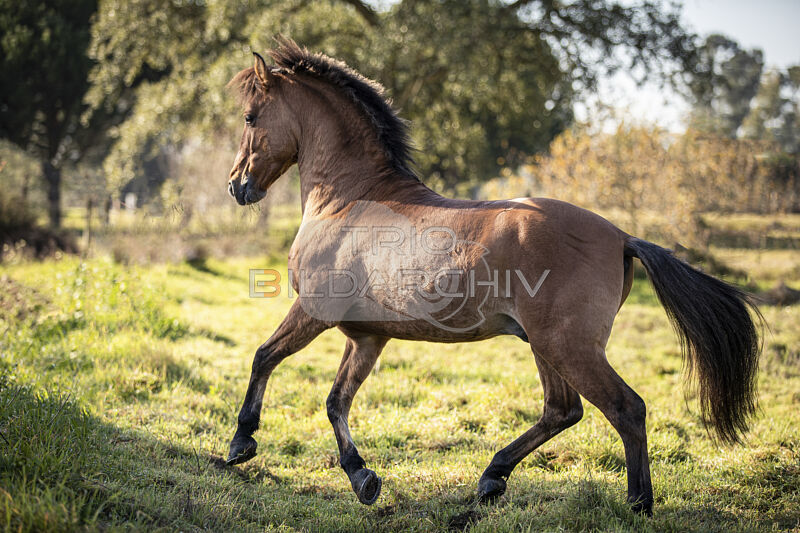
The Sorraia is believed to be one of the oldest horse breeds in Europe, with roots tracing back thousands of years. It is named after the Sorraia River region in Portugal, where these horses were first identified. Genetic studies suggest that the Sorraia may be a direct descendant of the wild horses that roamed the Iberian Peninsula during prehistoric times.
Physical Characteristics
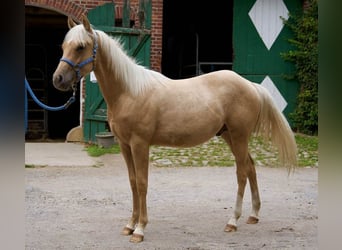
| Feature | Description |
|---|---|
| Size | Medium-sized, typically 1.40 to 1.50 meters tall |
| Coat Color | Usually dun or grullo with primitive markings such as dorsal stripes and zebra-like leg stripes |
| Build | Compact and sturdy with a strong neck and well-muscled body |
These features not only give the Sorraia a primitive look but also make it well-adapted to the rugged terrain of its native habitat.
Habitat and Distribution
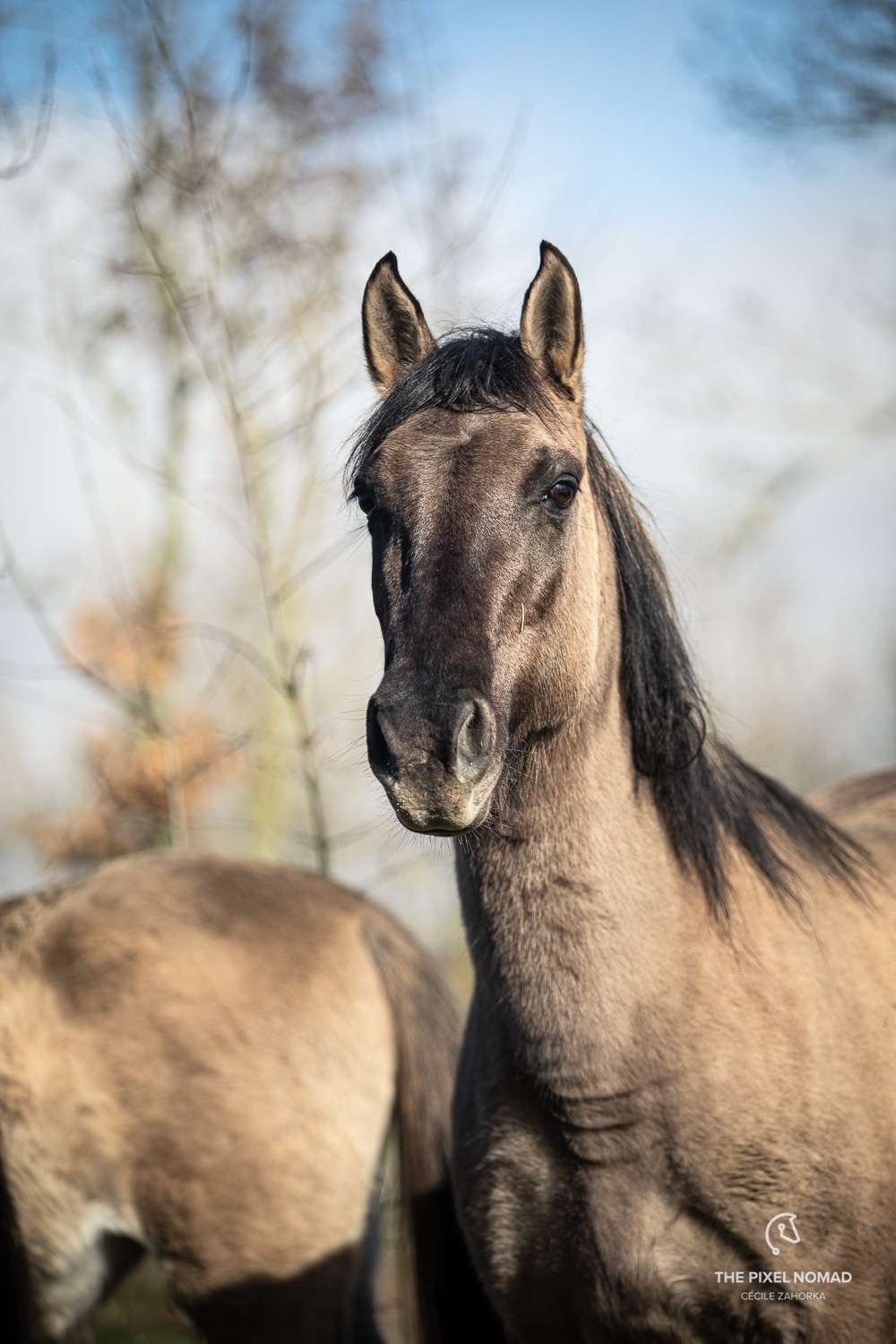
Originally widespread across the Iberian Peninsula, the Sorraia’s range has drastically reduced due to habitat loss and crossbreeding. Today, small populations are primarily found in protected areas of Portugal and Spain, where conservation programs aim to preserve their genetic purity.
Conservation Status
The Sorraia is classified as a critically endangered breed. Efforts to conserve the Sorraia include:
- Breeding programs to maintain genetic diversity
- Habitat restoration projects
- Public awareness campaigns to highlight the breed’s cultural and ecological importance
Cultural Significance
The Sorraia holds a special place in Iberian history and culture. It is often associated with ancient traditions and folklore, symbolizing resilience and the wild spirit of the region.
Frequently Asked Questions (FAQ)
Q1: What makes the Sorraia different from other horse breeds?
A1: Its primitive markings, genetic lineage tracing back to prehistoric wild horses, and adaptation to the Iberian environment distinguish the Sorraia.
Q2: Can Sorraia horses be ridden?
A2: Yes, they are known for their endurance and sure-footedness, making them suitable for riding, especially in rough terrains.
Q3: How can I help in Sorraia conservation?
A3: Supporting conservation organizations, spreading awareness, and responsible tourism in protected areas can contribute to their preservation.
This comprehensive overview provides a detailed, SEO-friendly article that can engage readers interested in ancient horse breeds and Iberian natural heritage.
